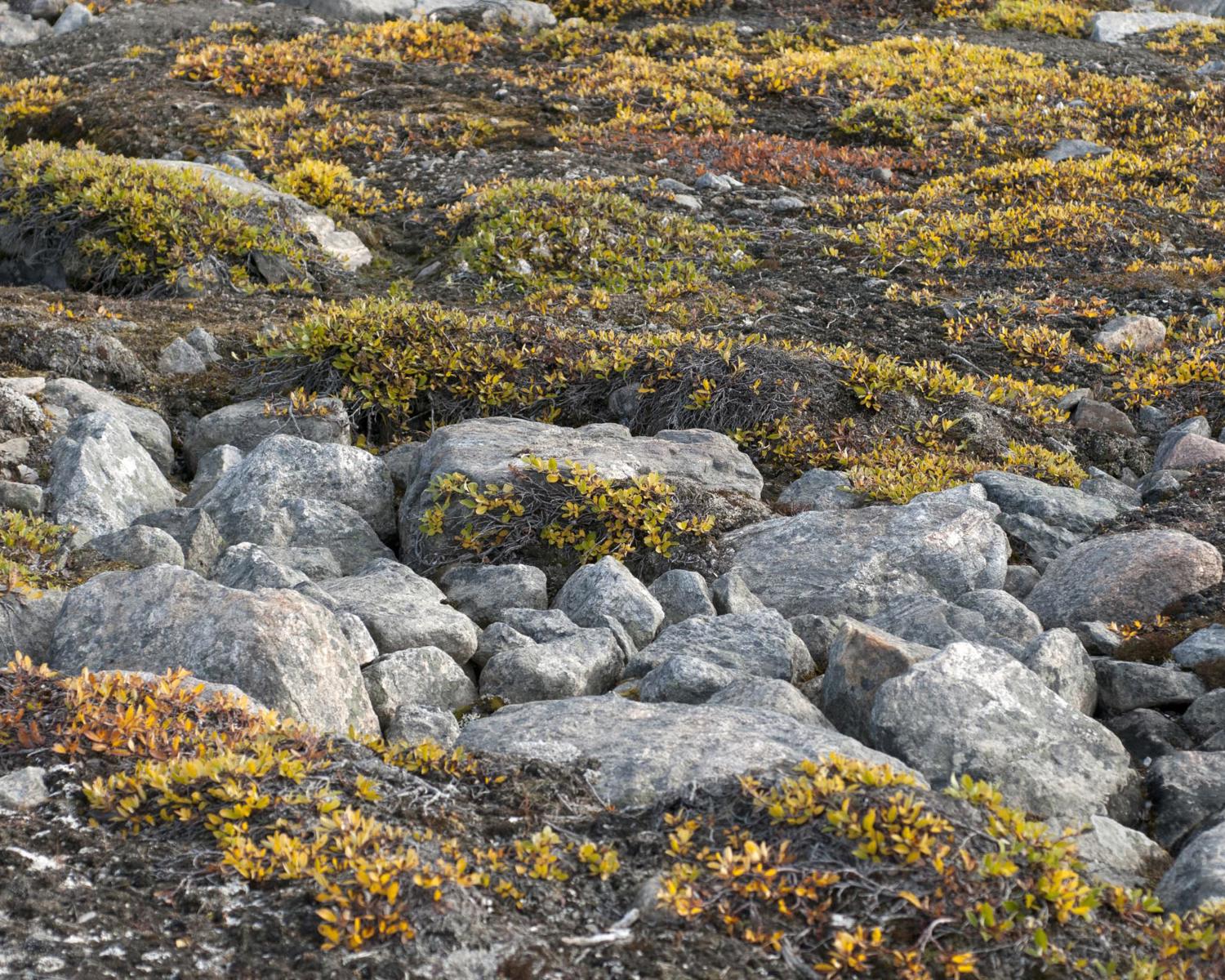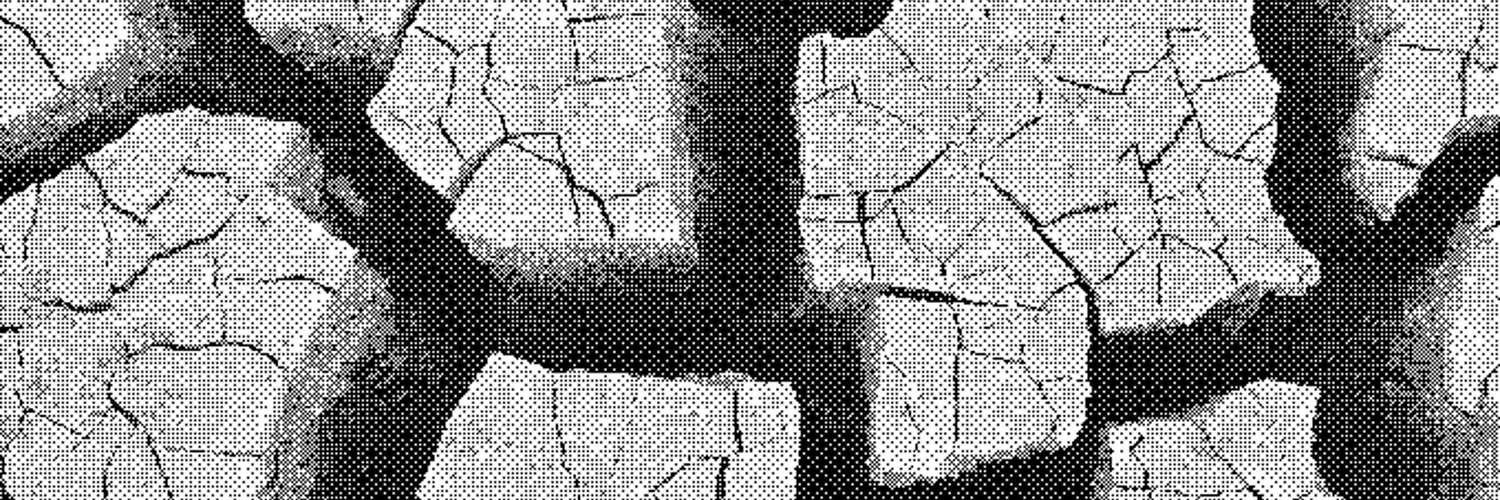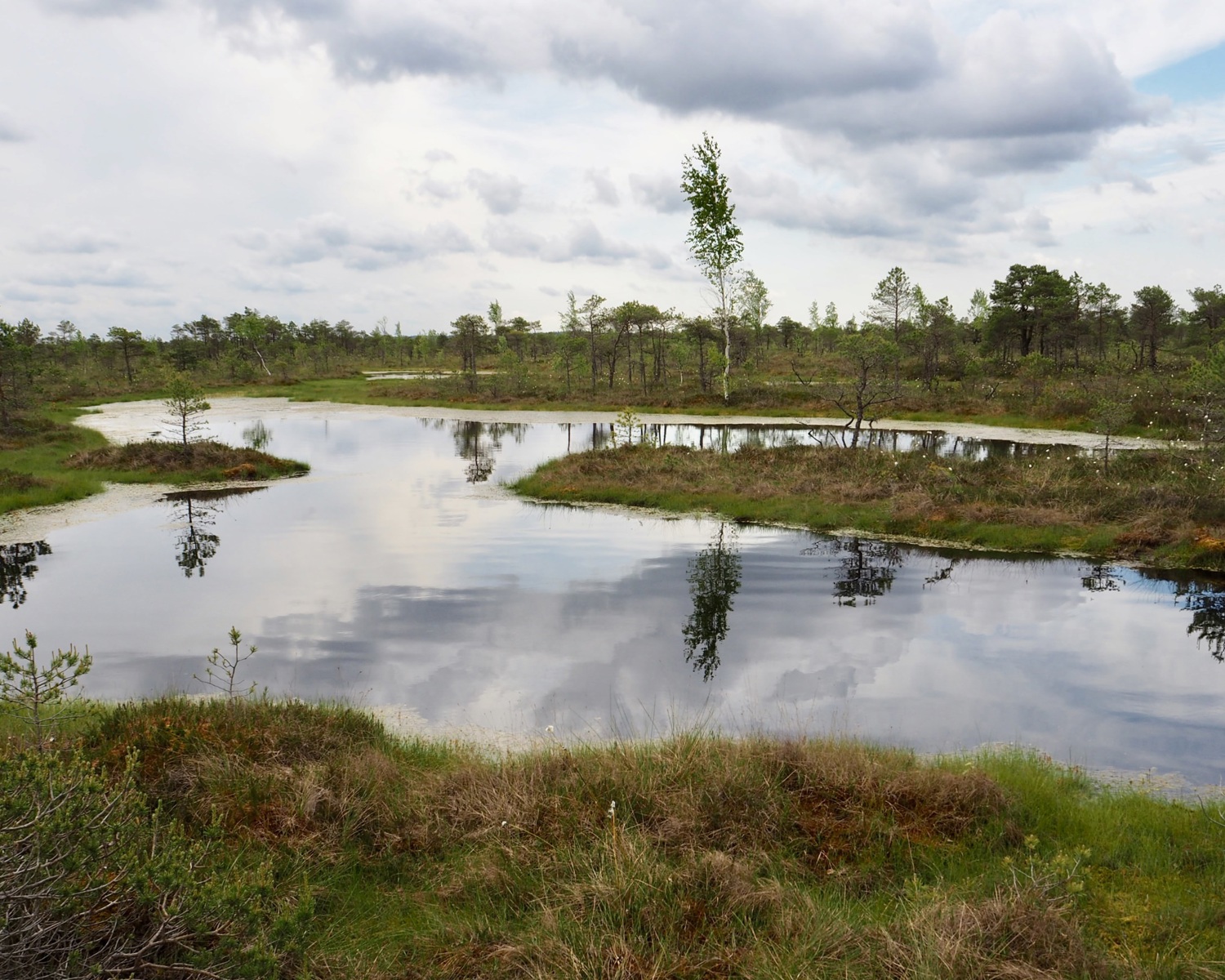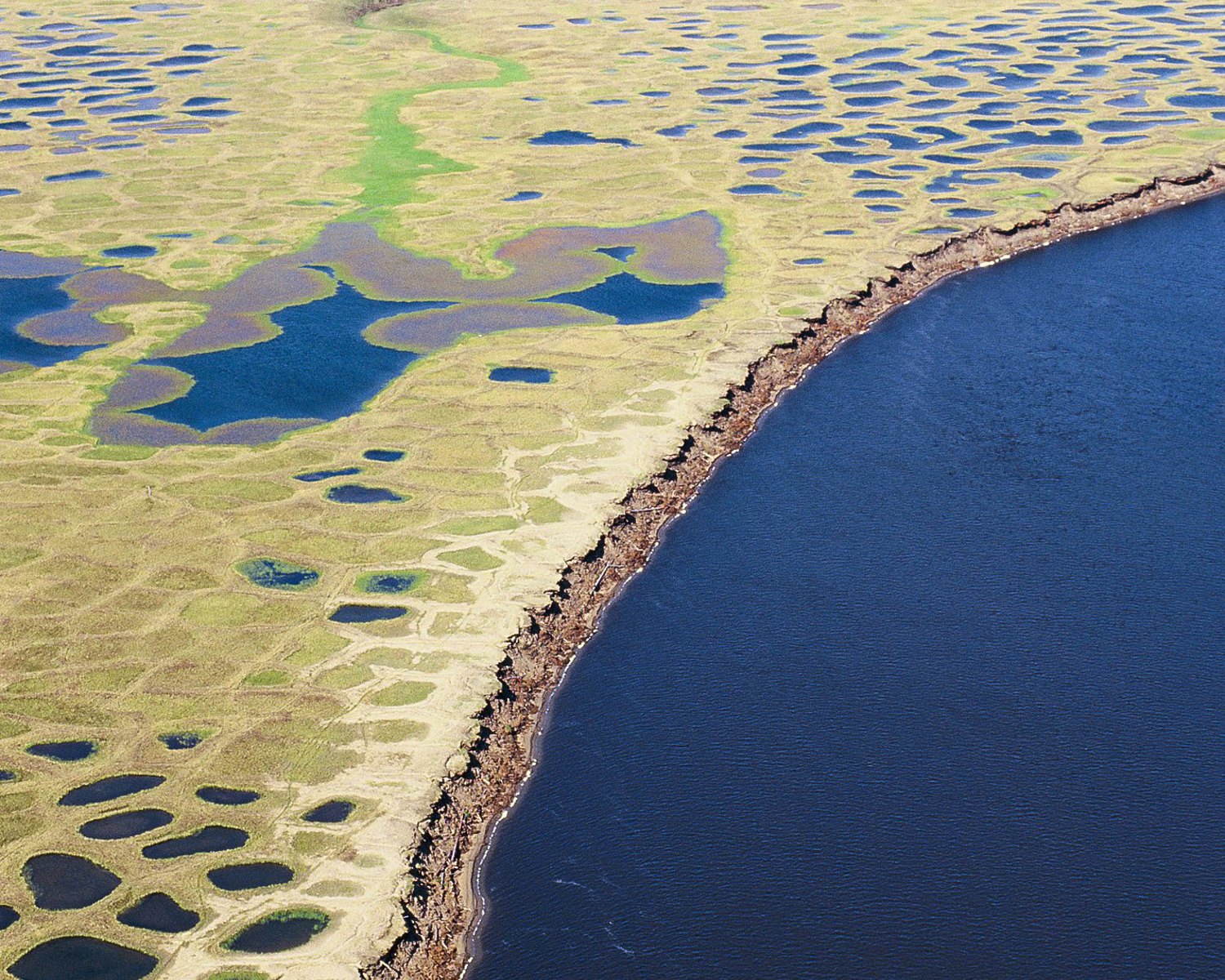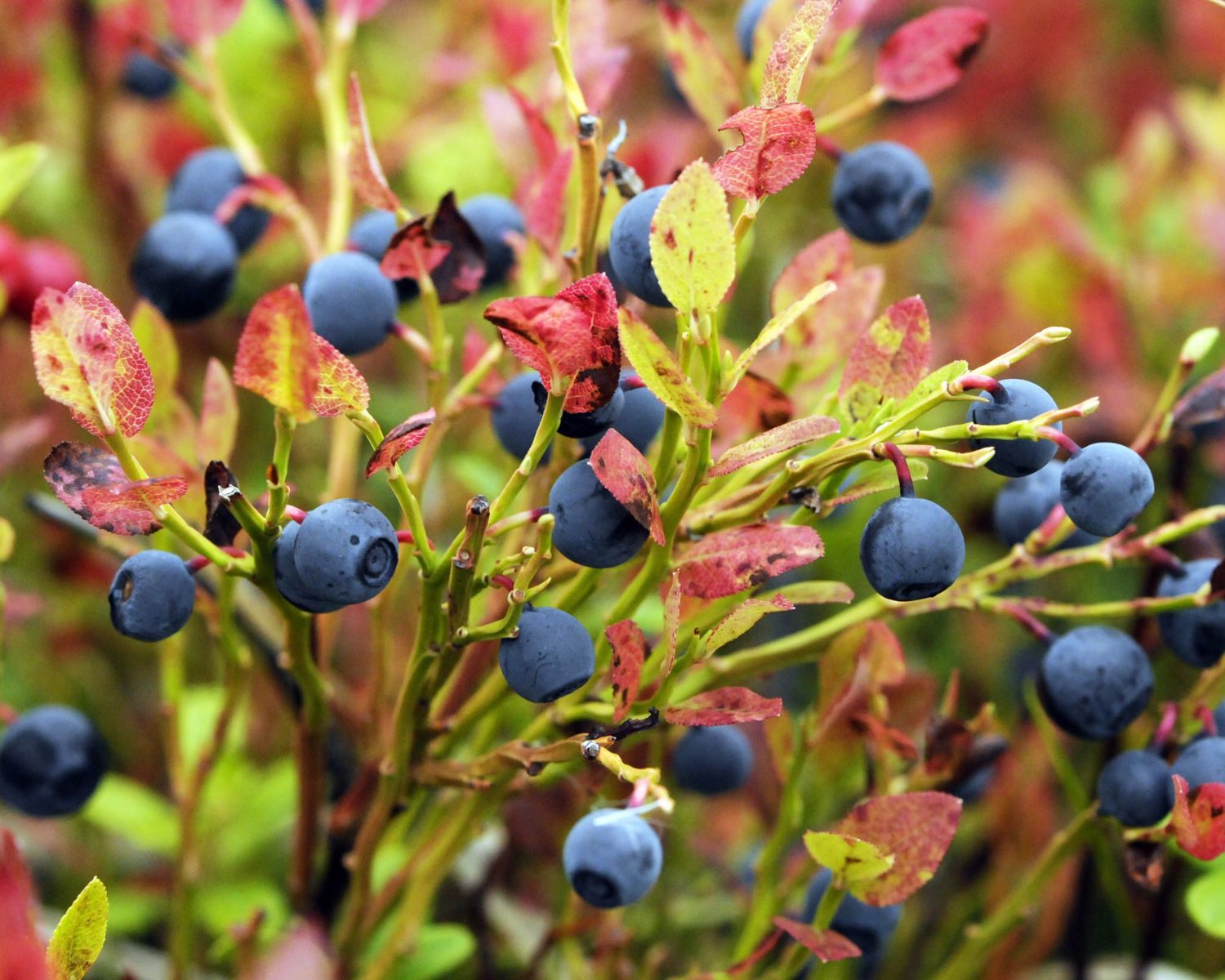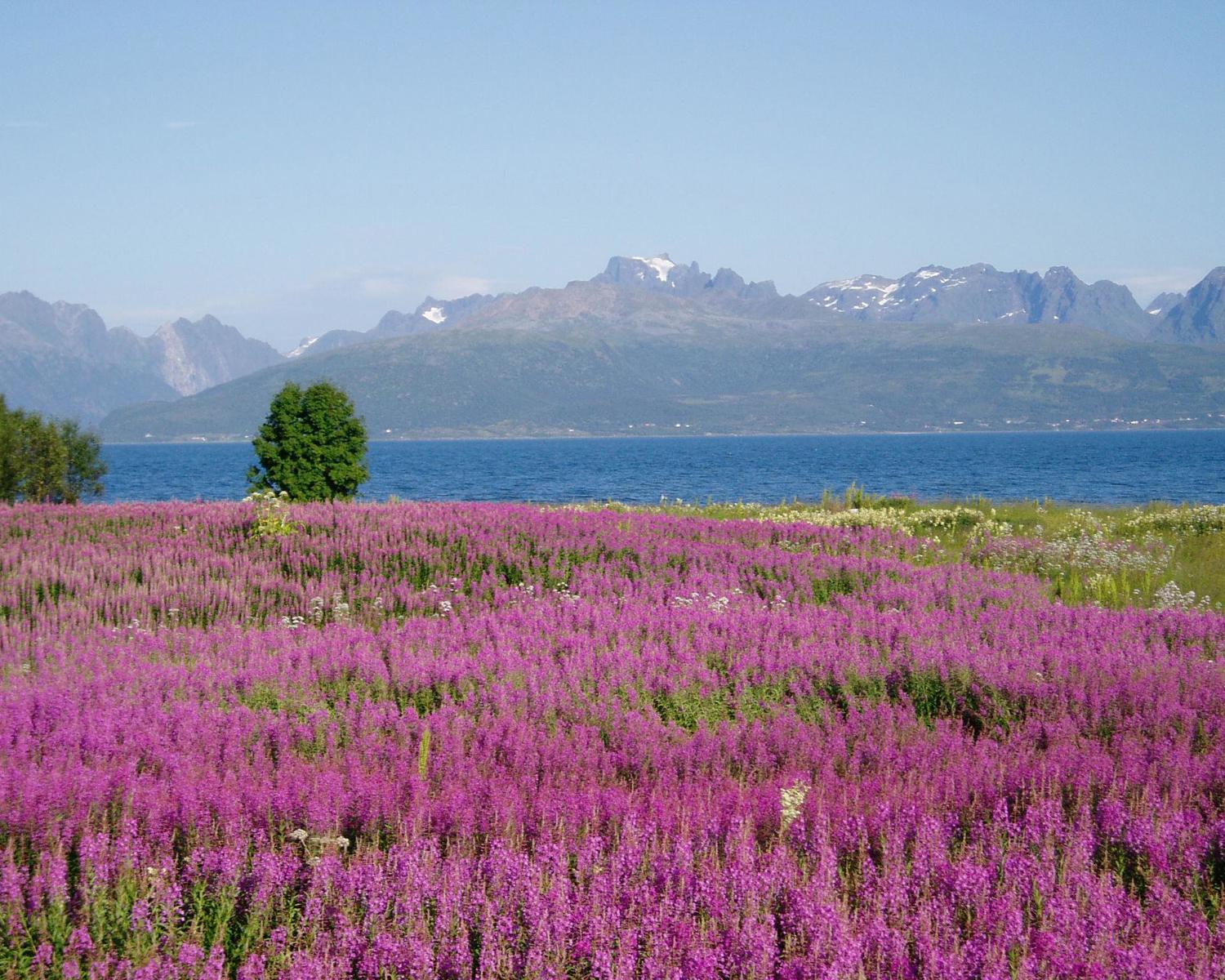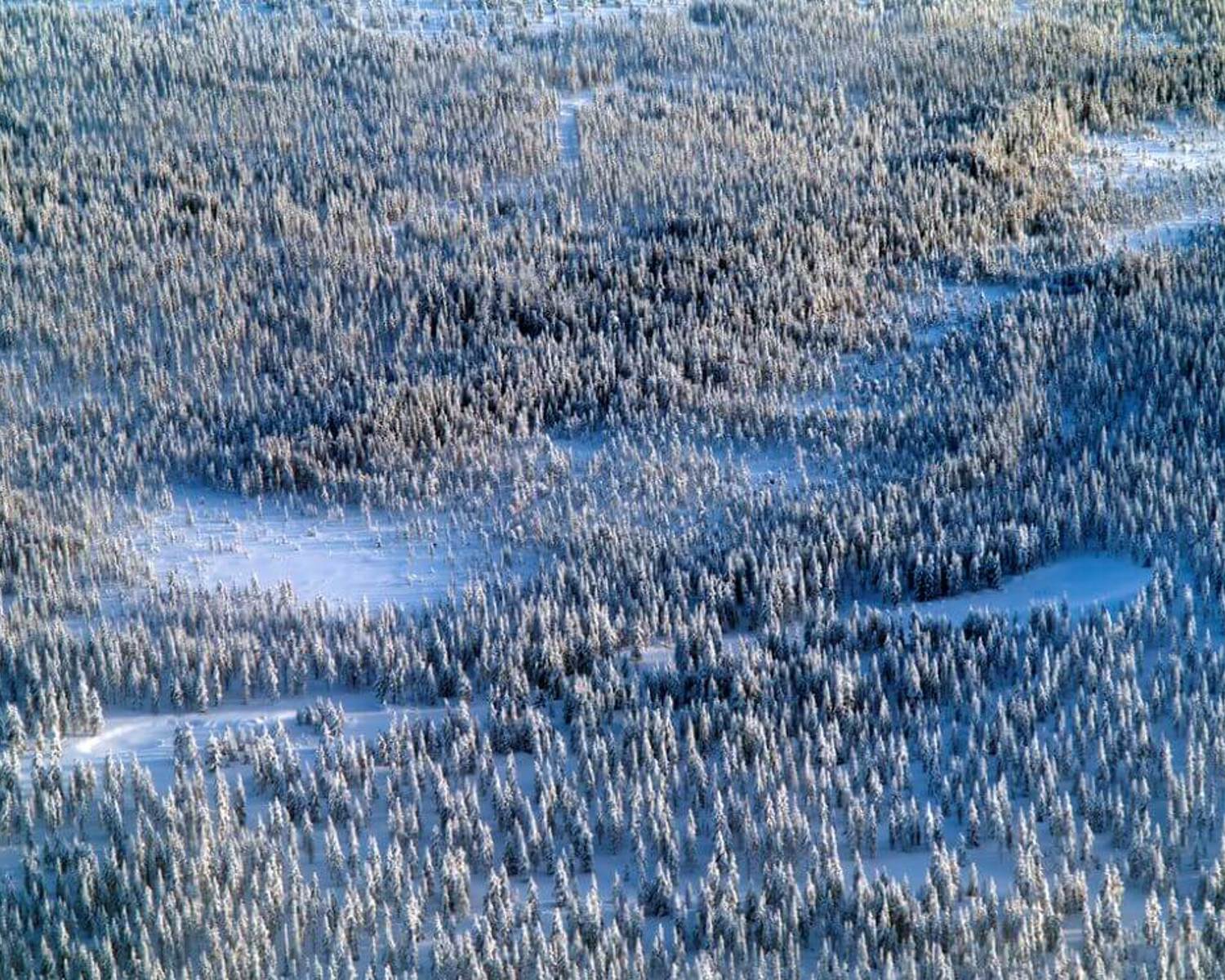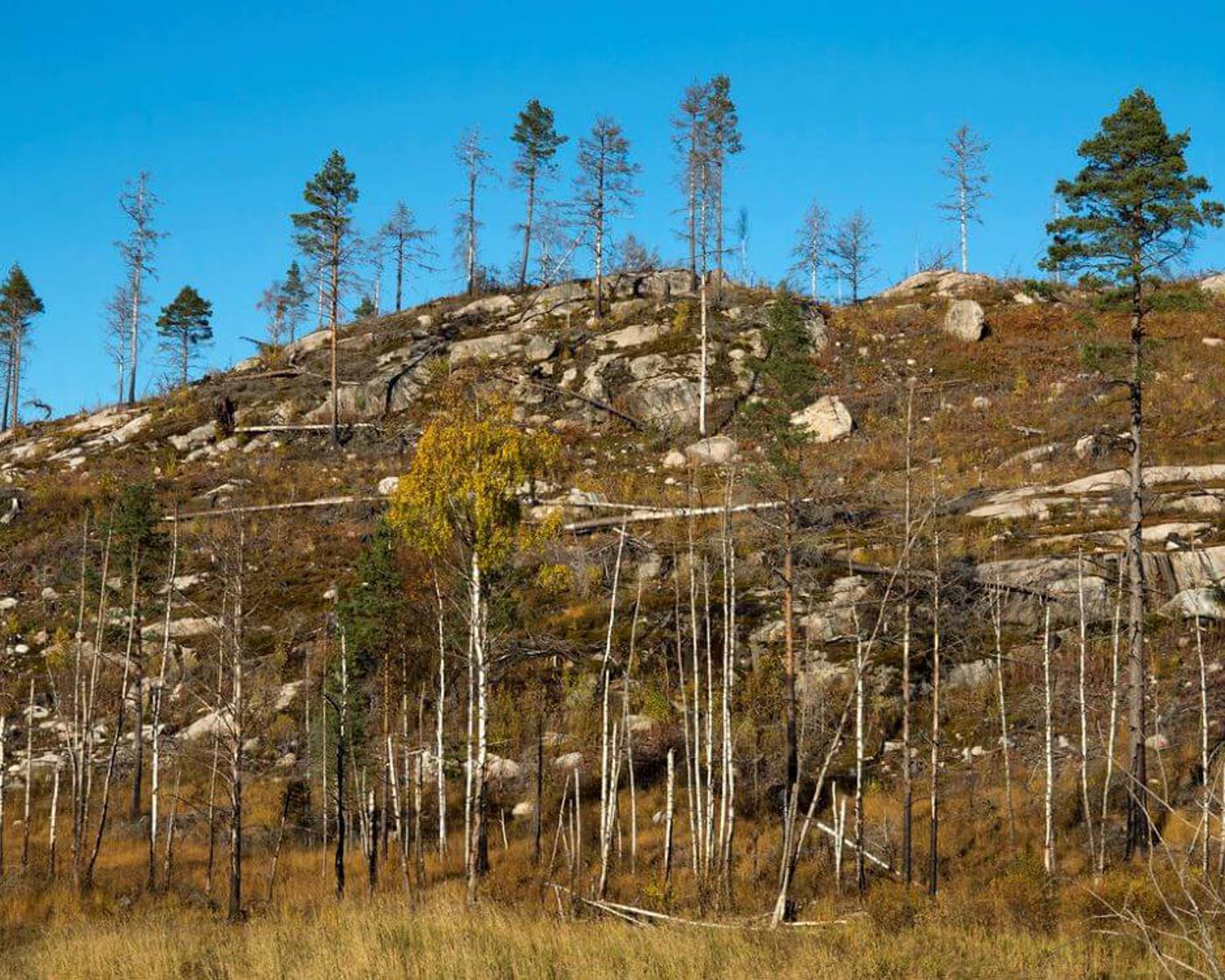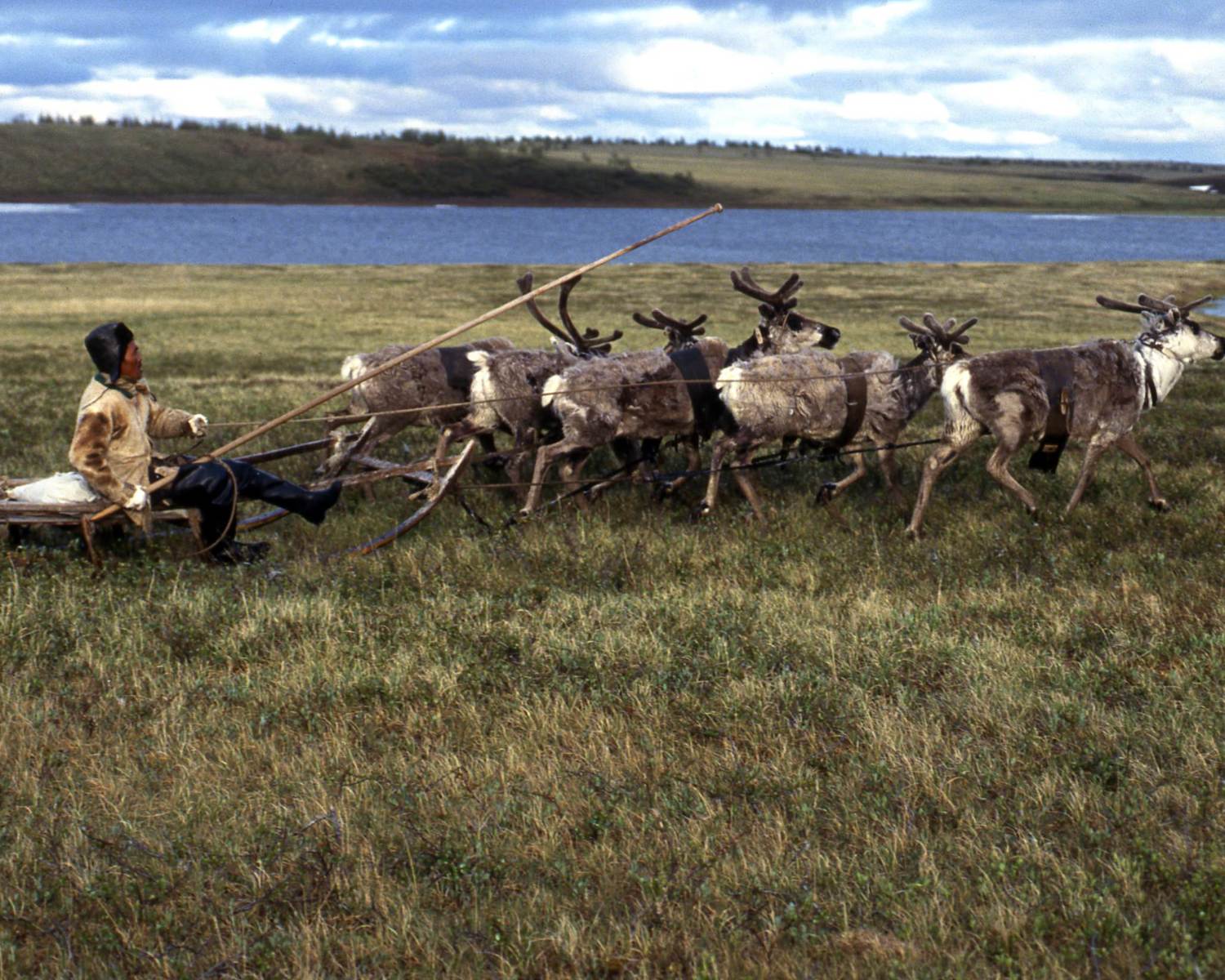Wetlands and peatlands play important roles in global carbon cycles. Wetlands are areas that are seasonally covered by water. Globally mangroves are often the main topic of focus when it comes to wetlands (IPCC AR6 WG3, 2022, 7.4.2.8). In the Arctic and Northern regions, peatlands are important wetland elements, and will be the focus of what follows. Such peatlands are very carbon rich and store carbon in biomass below and above ground and in soil carbon. Although they only make up 3% of the Earth’s surface, peatlands store up to 21% of terrestrial carbon, and damaged peatlands contribute close to 5% of anthropogenic CO2 emissions (Leifeld et al. 2019). Peatland drainage between 1850 and 2015 has globally already released 80 Gt CO2-eq, and this figure may climb to 250 Gt CO2-eq by 2100 (Leifeld et al. 2019).
Compared to the global state of such areas, Arctic and Northern wetlands and peatlands remain relatively intact (UNEP 2021), and only around 2% of boreal peatlands are currently converted into croplands (Leifeld and Menichetti 2018). However, increasing attention is being paid to the importance of restoring destroyed areas, which make up 78% of total global peatlands, and preserving endangered ones, especially in light of the effects of climate change on such ecosystems. The Resilience and Management of Arctic Wetlands notes (CAFF 2021) therefore highlight the need for increased wetlands resilience to protect against future damage.
